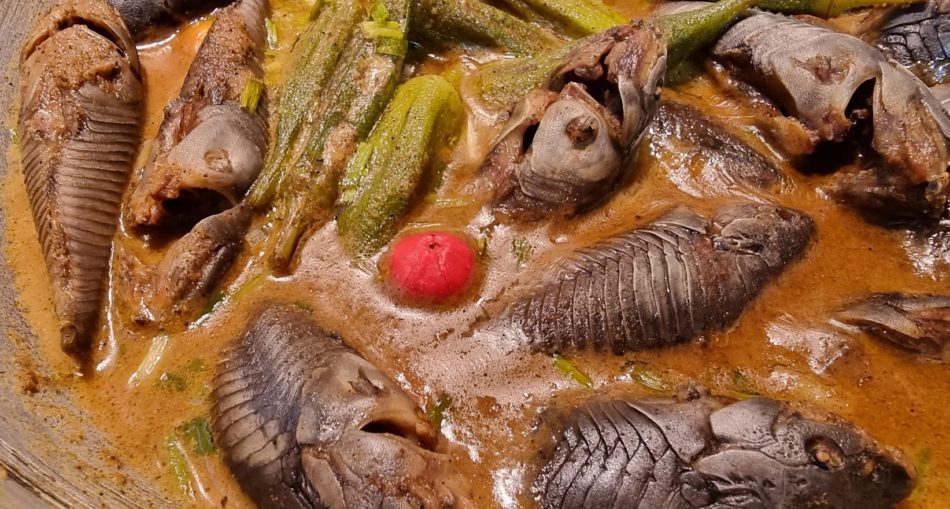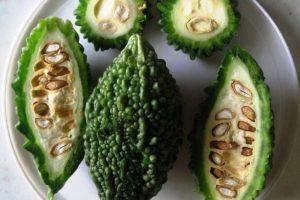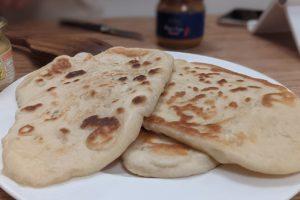Hassa – This is a delicious fish eaten and savored by many Guyanese; in Guyana it is called hassa, in Trinidad it’s called cascadura, in Brazil tamuatá and kwi kwi in Suriname. Hassa is a small genus of freshwater catfish in the Callichthyinae subfamily of the armored catfish family.
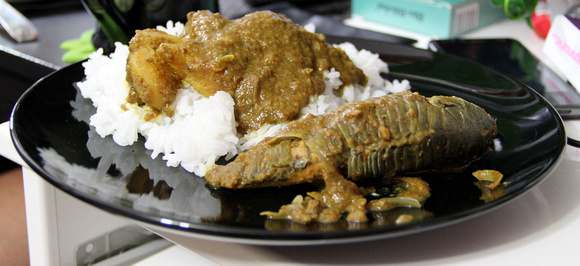
Ms.Vitri Photos | Food | Hassa Curry
There are currently three described species in this genus:
- Hoplosternum littorale
- Hoplosternum magdalenae
- Hoplosternum punctatum
The species of hassa found in Guyana is called Hoplosternum littorale.
Hoplosternum littorale is a species of catfish (order Siluriformes) belonging to the Callichthyinae subfamily of the family Callichthyidae.
Scientific Classification of Hassa
- Hassa – Hoplosternum littorale (Scientific name)
- Kingdom: Animalia
- Phylum: Chordata
- Class: Actinopterygii
- Order: Siluriformes
- Family: Callichthyidae
- Genus: Hoplosternum
- Species: Hoplosternum littorale
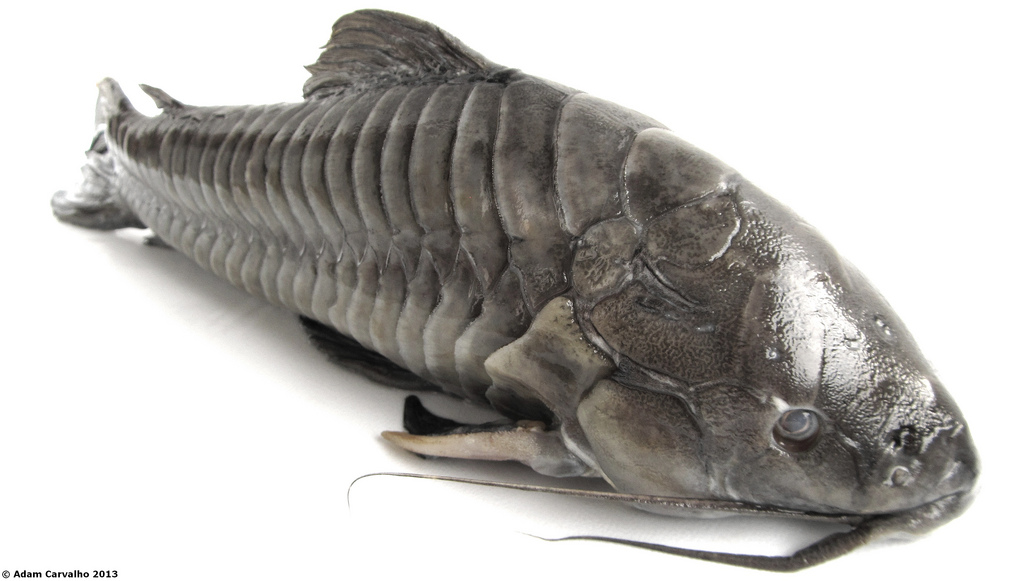
Armored Catfish | Image source: https://hiveminer.com/Tags/armored%2Ccatfish
Fun Facts about Hassa
- Diet: The diet of the hassa consists mainly of benthic invertebrates and detritus. However, the adult diet is dominated by mixed detritus, terrestrial insects, microcrustaceans, and aquatic beetles during the dry season, and mixed detritus and chironomid larvae during the wet season. On the other hand, immature fish feed primarily on small aquatic crustaceans, especially Cladocera, Ostracoda, Copepoda, and Eubranchipoda. Chironomid larvae are important items in the diets of both juveniles and adults.
- Lifespan: They have a maximum reported age of 4 years.
- Habitat and Reproduction: They are normally found in large schools on the muddy bottoms of slow-moving rivers, pools, drainage ditches, and swampy areas. They build bubble nests from plant parts, some bottom materials, and bubbles formed by a mouth secretion and air. The male forms a mass of bubbles and during the time of construction, the female is actively chased away or ignored. When the nest construction is complete, the male will accept the female. The eggs (up to several hundred) are deposited into the nest and the male or the pair will actively protect the nest for about four weeks until the fry come out of the nest.
- Behavior: They can breathe both with gills and through their intestines. In water with low oxygen content, the fishes are capable of utilizing atmospheric air by taking in a gulp of air at the surface of the water and passing it back to the hind gut. The walls of the gut are lined with tiny blood vessels into which the oxygen from the air can pass; the remaining gasses pass out through the anus. When there is a severe drought, these air breathers are able to traverse short stretches of land seeking better conditions. The fish is also capable of making sounds; both grunts and squeaks.
Cooking Hassa In Guyana
Guyanese enjoy their mouthwatering Hassa Curry.
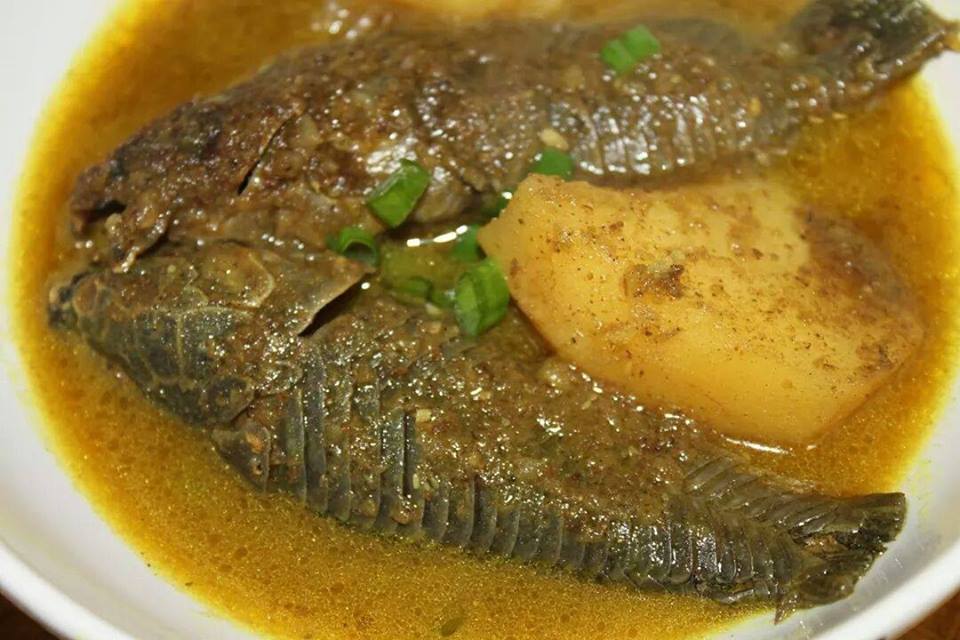
Hassa Curry – http://www.guyanadining.com/wp-content/uploads/2015/05/Hassar-Curry.jpg
§
Hassa Curry
Ingredients:
- 6 hassas
- 1 or 2 onions
- 1 oz curry powder (or massala)
- 4 – 6 wirri-wirri peppers
- 2 cloves garlic
- 2 tbsp cooking oil
- Salt
- Lime juice or vinegar
- ½ oz margarine
- 1 cup coconut milk
Method:
- Wash, clean and salt the hassas, and set aside for about one hour. Do not remove the shells. Afterwards, rinse and dry the hassas.
- Prepare the curry sauce as follows: heat 2 teaspoons of oil and cook the onion and garlic lightly (do not brown). Add curry powder blended with 3 – 4 tablespoons of water.
- Add 1 cup water or coconut milk and stir.
- Put the hassas into the curry sauce.
- Add the lime juice and leave to cook for 15 – 20 minutes until the sauce is thick, adding more water if necessary.
- When finished, put the hassas onto a dish and pour the curry sauce over.
- The shells may be removed before serving (but no one does this in Guyana).
1.
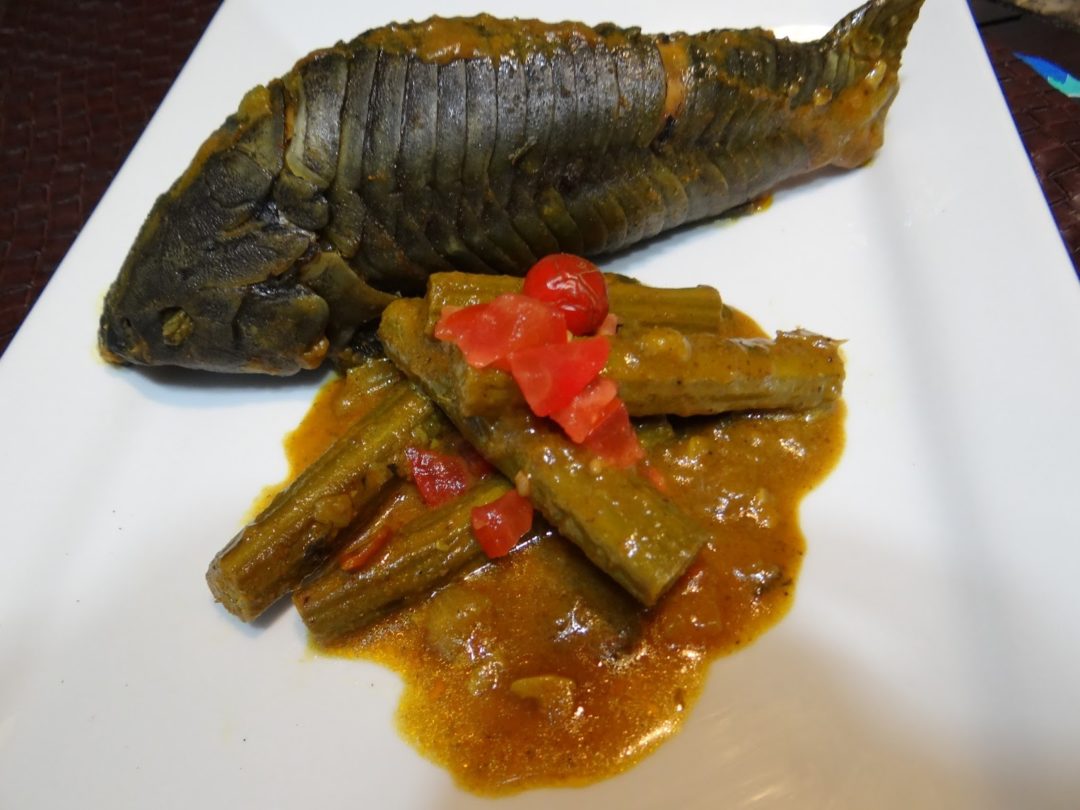
Hassa – Tomato, Curry sauce – http://1.bp.blogspot.com/-0z0-Bf11ETM/VgiD_tQPqAI/AAAAAAAABEo/z48uRUD7vkM/s1600/DSC05534.JPG
Hassa with Tomato sauce, Curry, Green Mango, and Okra.
Ingredients:
- 4 Hassa
- 2 tbsp curry powder
- 1/2 tsp roasted ground geera
- 2 tbsp chopped onions
- 2 tsp chopped garlic
- 2 slices of fresh green mango
- 5-6 fresh okra
- 1 tsp salt
- 1 whole tomato cut into cubes
- 2 tbsp chopped scallions
- 1 tbsp coconut oil
- 3 tbsp flour
- 2 tsp tomato paste
- salt and pepper
- Oil for frying Hassa
§
Method:
- Clean and wash Hassa with lime juice.
- Season overnight with onion, garlic, black pepper, paprika and place in refrigerator.
- In a small pot, heat oil. Roll the Hassa in flour and fry in hot oil for a few minutes. When finish frying. Set aside.
- In a small bowl, combine curry powder and geera and add 1 tbsp water. Mix into a paste.
- In a medium pot, add 1 tbsp coconut oil. When oil is hot, add garlic and sauté for a few minutes then add onions and cook for a few seconds.
- Add the curry powder mixture and continue to cook until all ingredients mix together.
- Add hassa, tomatoes, mango, salt and pepper and continue to cook for a few more minutes.
- Add boiling water to the Hassa and cook on medium heat until gravy is a little thick; when the hassa is easily broken when press with a spoon it is finished.
- Serve with rice or roti.
Hassa In Guyana
This delicious, yummy fish is eaten by many people in Guyana; they love it whether it is served with rice or roti. Be careful with the bones, take your time and enjoy this sweet fish. Hassa is a fish that has a unique taste; it is gladly savored by hungry tummies. Their reproduction, habitat and behavior are all so intriguing altogether; it is a privilege to have this fish of the armored catfish family in Guyana.
Watch This:
Hassar Curry, step by step Video Recipe l Real Nice Guyana
Article References:
- https://en.wikipedia.org/wiki/Hoplosternum
- https://en.wikipedia.org/wiki/Hoplosternum_littorale
- http://www.guyanadining.com/hassar-curry-recipe/
- http://shantiramkhalawan.blogspot.com/2014/09/hassa-curry-with-coconut-oilgreen-mango.html

